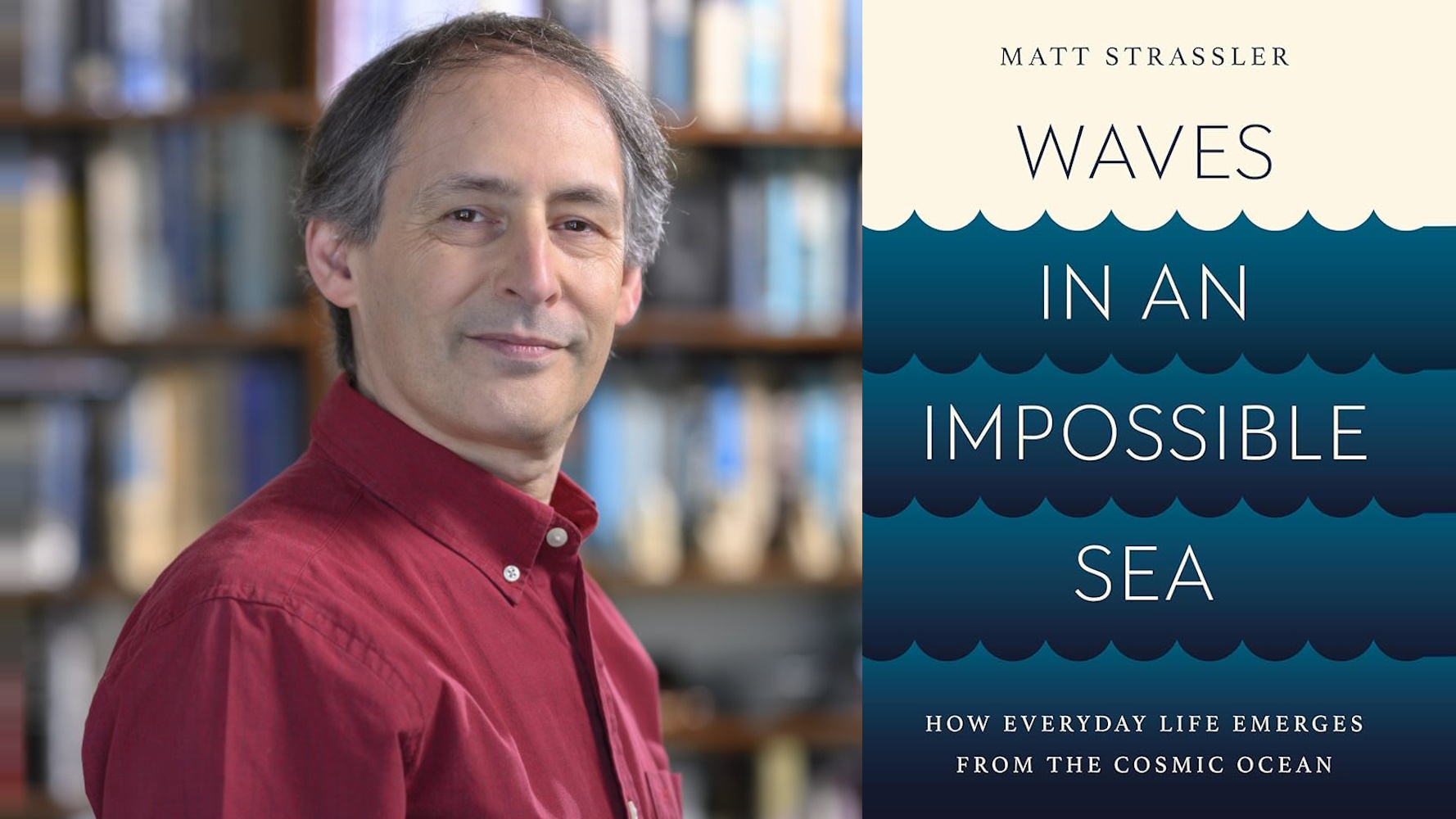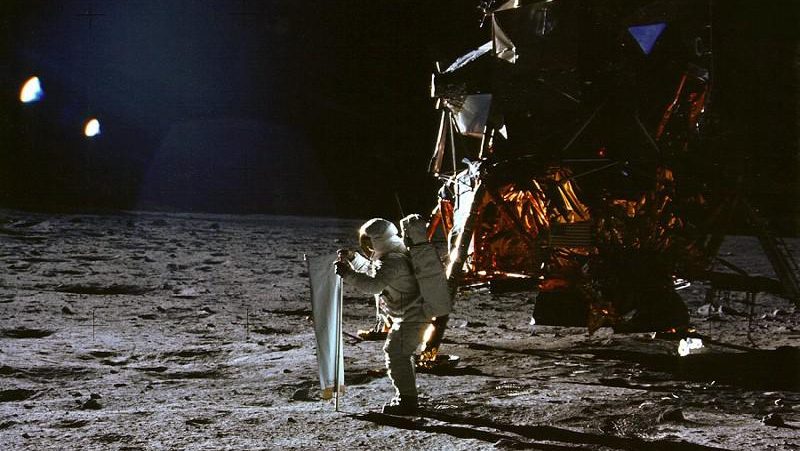In addition to demotivating talented workers, an opaque and dictatorial leadership style can silence innovation from below, leaving the leader in charge of coming up with all the great ideas.
How do you lead so as not to demotivate people?
If I ask a group of people, "How many of you needed somebody to come into your room this morning and motivate you to go do something interesting?" almost no one raises their hand. But if you ask people, "Have you ever worked for somebody where you went into the situation already motivated and the net result was you became demotivated somewhere in your life?" almost every hand in the room goes up. People have experienced being motivated and then becoming demotivated.
Confront brutal facts.
Don’t first sell people on a vision. First confront the brutal facts. Everybody knows there are problems. Everybody knows there are facts. Everybody knows there are scary things we’ve got to pay attention to. And when somebody in the leadership position isn’t confronting those directly, everybody can see it. And they’ll wonder, "Why aren’t we confronting reality, why aren’t we confronting the fact?" That will demotivate the very best people. They want to engage with the brutal facts. They want to pick up the rock and point underneath it and say, "Look at all those squiggly things, they’re scary; we better pay attention to them."
Engage your team in dialogue, debate and disagreement.
Then there’s a big difference between people having their say and being heard. One way to demotivate already motivated people is to have in your mind already what the answer is and then to bring people in and say, "I’d like to get everybody’s input." People walk away and say, "Well, why did they waste my time? The decision was already made. If it was already made, they should have just said 'The decision is made.' Now the question is, how do we accomplish it?"
We write in the new book about Intel and its evolution. And Intel had this thing called disagree and commit. The idea was that you would come together and disagree and argue and debate and discuss. But then once a decision was made, everybody had the responsibility to commit. It would be a sin to leave and then undermine the decision. If you allowed that undermining to happen after the fact, that will demotivate a lot of people. But the reason it works is they do disagree and commit prior to the decision having been taken. There’s no reason to have disagree and commit if you’ve actually already made the decision.
Show tangible results.
Another way to demotivate people is to not show tangible clicks on the flywheel, if they’re always just pointing to somewhere down the road we will have results. We actually asked the leaders that were in Good to Great back in the previous book how they got people motivated behind the changes that they were making. And they said, "Well, the whole key was that what we started to do was to begin to show results." So when they made the shift to superstores, in the case of Kroger, the grocery stores, Jim Herring, the CEO, said, "I built one and it worked. And once it worked I showed people it was working." And what do the right people want more than anything else? To be part of something that actually works. When you show people that it’s working, and they actually can feel the click on the flywheel, then another click on the flywheel and they can begin to be engaged and how do we get more clicks on the flywheel? . . . The tangible results become infectious in themselves.
Directed / Produced by
Jonathan Fowler & Elizabeth Rodd





